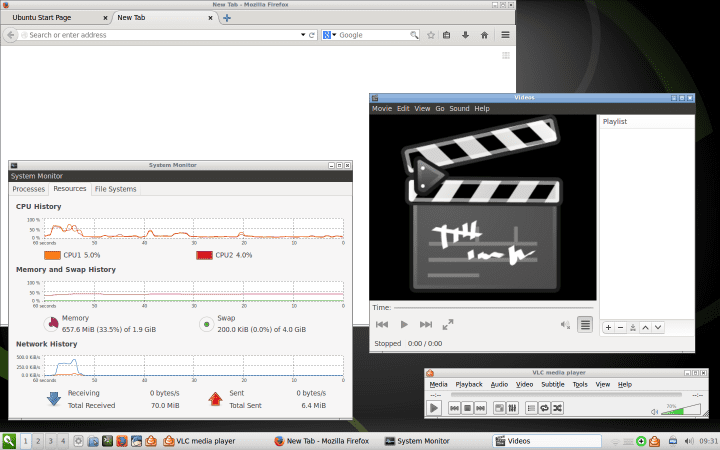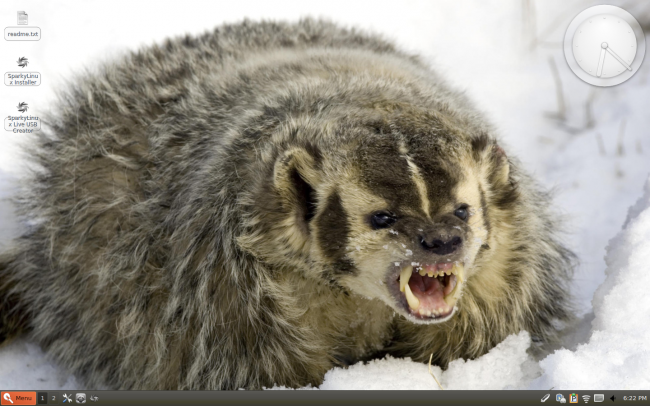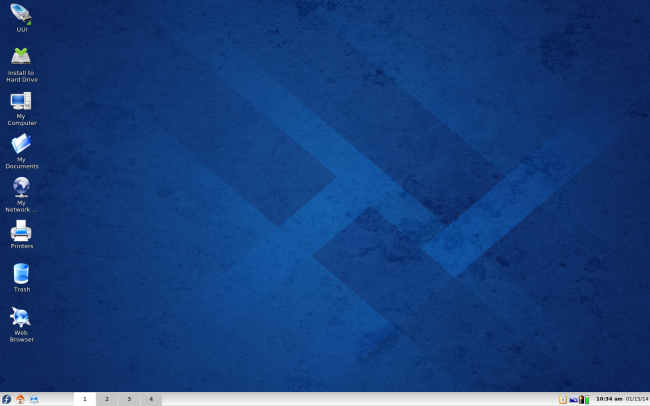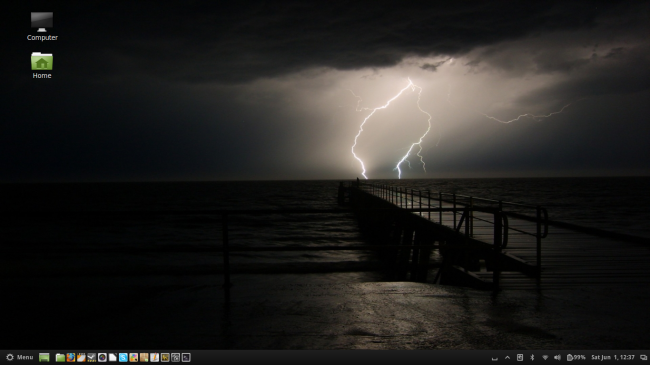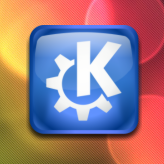A first look at LXQt
June 7th, 2014 by Dedoimedo
LXQt is the next generation of the Lightweight Desktop Environment, which means LXDE is dead, long live its successor. Yes? Something like that. Perhaps it makes sense. Rebuild the good stuff using a new, efficient framework. But then, reading some more, you will see that the word ‘port’ is used, which could indicate a branching of effort without pruning any old twigs. Hm, interesting. Anyhow, I’d like to see what LXQt can offer. Is it a viable idea to even begin considering? Especially in a highly saturated sphere of Linux desktop environments, most of which are tightly coupled to distributions… Continue Reading
Razor-qt review
February 7th, 2014 by Dedoimedo
A few days back, we reminisced on how KDE changed from version 3.5 into version 4.0, and, in that a great social split was created in the Linux community. The Trinity Desktop Environment project was created to address the gap, and a new desktop was born. Sort of like MATE. Today, we will talk about Razor-qt, a desktop born with a different mission statement. It does not come to satisfy our emotional needs; instead, it is supposed to be fast and light, while being based on the Qt technologies. In a sense, this makes Razor-qt somewhat similar to LXDE. Once… Continue Reading
They called it Trinity
January 25th, 2014 by Dedoimedo
As a kid, I loved Bud Spencer and Terence Hill movies, especially the Trinity series. Still, even then, the speech always felt stilted and weird. It was only years later that I discovered that it was all in Italian and dubbed in English. Like learning Santa ain’t real. So what has this got to do with the Trinity Desktop Environment (TDE)? Well, everything. The sense of disillusionment that happened when KDE 4.X came out, the attempt to revive a classic in an age that prefers a different kind of experience. Yup, it’s a remake of the old and trusted KDE… Continue Reading
What KDE can learn from Cinnamon
June 14th, 2013 by Dedoimedo
Well, this ought to be interesting. Battle royale, except we have no gentry, just the two seemingly and arguably dominant desktop environments for Linux. In my humble and narrow perception, there has been a dramatic shift in the Linux desktop usage in the past several years. Come the season of Gnome 3, a split happened in the community, breaking the decade old Gnome-KDE dominance. A whole generation of desktop environments was born, forked and knifed. Unity took its own path, Gnome 2 returned as MATE, and Gnome 3 was eclipsed by Cinnamon. Only KDE remained as it was, and now… Continue Reading
Diverging paths: KDE v. Unity
March 30th, 2013 by Luis Augusto Fretes Cuevas
Unity even 2 years and a half after it was introduced remains a contentious feature and source of constant debates. It seems like there’s no middle ground, either people love Unity or hate it. In this sense, and not in many others, Unity is like KDE 4. To better represent how these two compare we will try to explore them like a new user would, starting with KDE followed by Unity. KDE An empty desktop with a cashew and single panel containing a menu button, a system tray and a clock. Seemingly as straightforward as it gets. The only apparently weird… Continue Reading
KDE 4.9 Beta 1 Announced
June 7th, 2012 by Luis Augusto Fretes Cuevas
KDE has announced its newest Beta, and it’s asking people to be testers to clear out as many bugs as possible before the launch, they’re dividing their beta testers in two categories: Informal testers, which will use their systems normally, and Formal testers which will focus in particular parts and stressing out applications. End users should be pretty excited about this new release, according to the KDE developers itself the highlights of this release are: Qt Quick in Plasma Workspaces — Qt Quick is continuing to make its way into the Plasma Workspaces; the Qt Quick Plasma Components, which were introduced… Continue Reading

